Rise of Mobile Streaming
The music streaming market is significantly impacted by the rise of mobile streaming, as more consumers access music through smartphones and tablets. Recent data indicates that mobile devices account for over 60% of all music streaming traffic in the US. This trend is driving companies to optimize their platforms for mobile use, ensuring seamless user experiences across devices. Additionally, the proliferation of unlimited data plans and improved mobile internet speeds are facilitating this shift, allowing users to stream music without concerns about data caps. As mobile streaming continues to grow, it is likely that the music streaming market will see an increase in subscriptions and user engagement, as consumers seek convenience and accessibility.
Shift in Consumer Behavior
The music streaming market is witnessing a notable shift in consumer behavior, particularly among younger demographics. Millennials and Gen Z are increasingly favoring streaming services over traditional music consumption methods, such as purchasing physical albums or downloading music. This demographic shift is reflected in the statistics, with over 80% of individuals aged 18-29 reportedly using streaming services as their primary means of music consumption. This trend suggests that the music streaming market is becoming the dominant platform for music access, leading to increased competition among service providers. As consumer preferences evolve, companies must adapt their offerings to meet the demands of this tech-savvy audience, potentially influencing pricing strategies and content availability.
Expansion of International Markets
The music streaming market is witnessing an expansion into international markets, driven by the increasing globalization of music consumption. As streaming services seek to grow their user bases, they are targeting emerging markets where internet penetration is rising. This strategy is evident in the partnerships formed with local artists and the inclusion of regional music genres in their catalogs. Recent reports indicate that international markets could contribute to a 25% increase in overall subscriptions by 2027. This expansion not only diversifies the content available in the music streaming market but also presents new revenue opportunities for service providers, potentially reshaping the competitive landscape.
Increased Focus on User Experience
The music streaming market is placing an increased emphasis on user experience, recognizing its critical role in attracting and retaining subscribers. Companies are investing in user interface design, making platforms more intuitive and visually appealing. Features such as offline listening, curated playlists, and social sharing options are becoming standard, enhancing overall user satisfaction. Data suggests that platforms with superior user experiences retain subscribers at a rate of 30% higher than those with less engaging interfaces. This focus on user experience is likely to drive competition within the music streaming market, as companies strive to differentiate themselves through innovative features and improved usability.
Technological Advancements in Streaming
The music streaming market is experiencing rapid technological advancements that enhance user experience and accessibility. Innovations such as high-definition audio streaming and adaptive bitrate streaming are becoming standard, allowing users to enjoy superior sound quality regardless of their internet connection. Furthermore, the integration of artificial intelligence in music recommendation systems is improving personalization, which is crucial for user retention. According to recent data, approximately 70% of users prefer platforms that offer tailored playlists and suggestions. This trend indicates that companies investing in technology are likely to gain a competitive edge in the music streaming market. As technology continues to evolve, it is expected that more features will emerge, further driving user engagement and subscription growth.


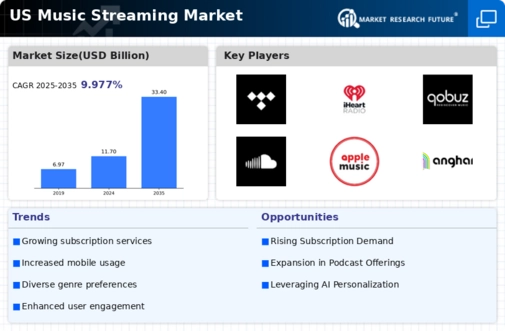
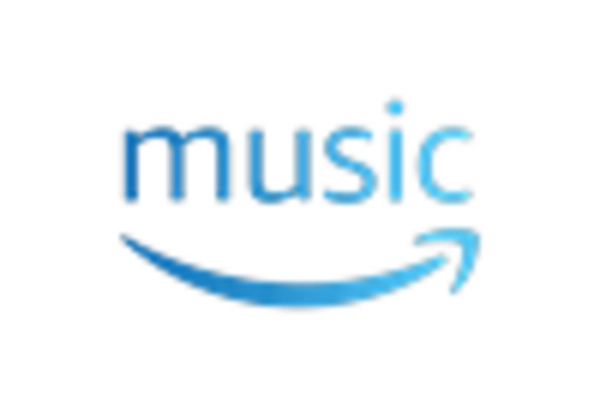
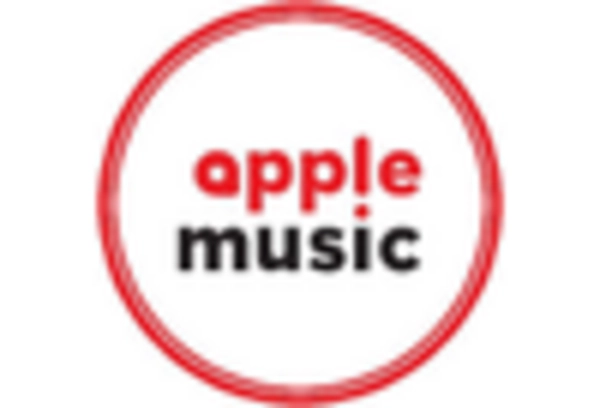
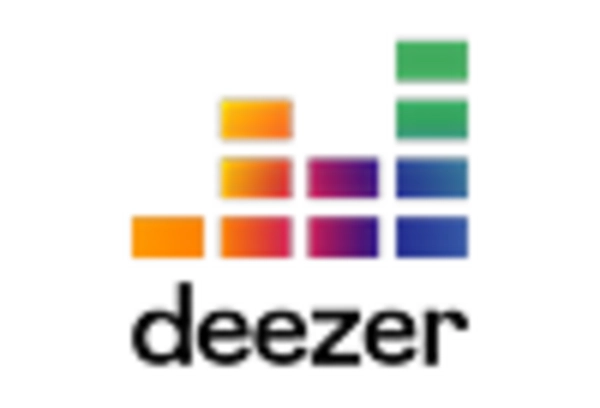
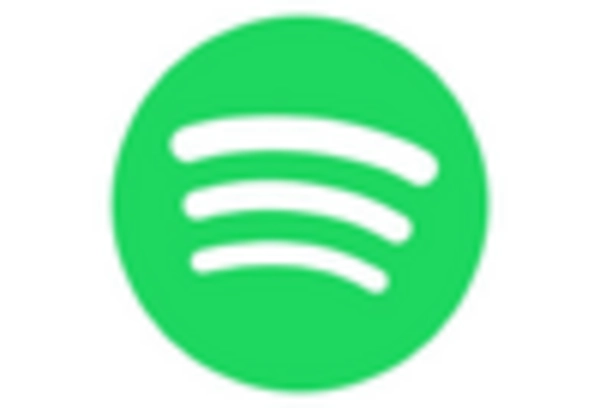

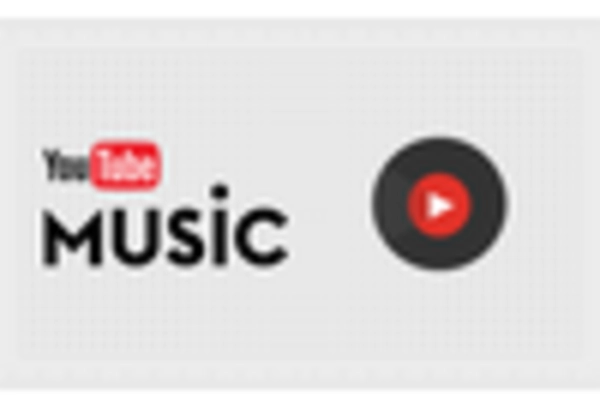








Leave a Comment